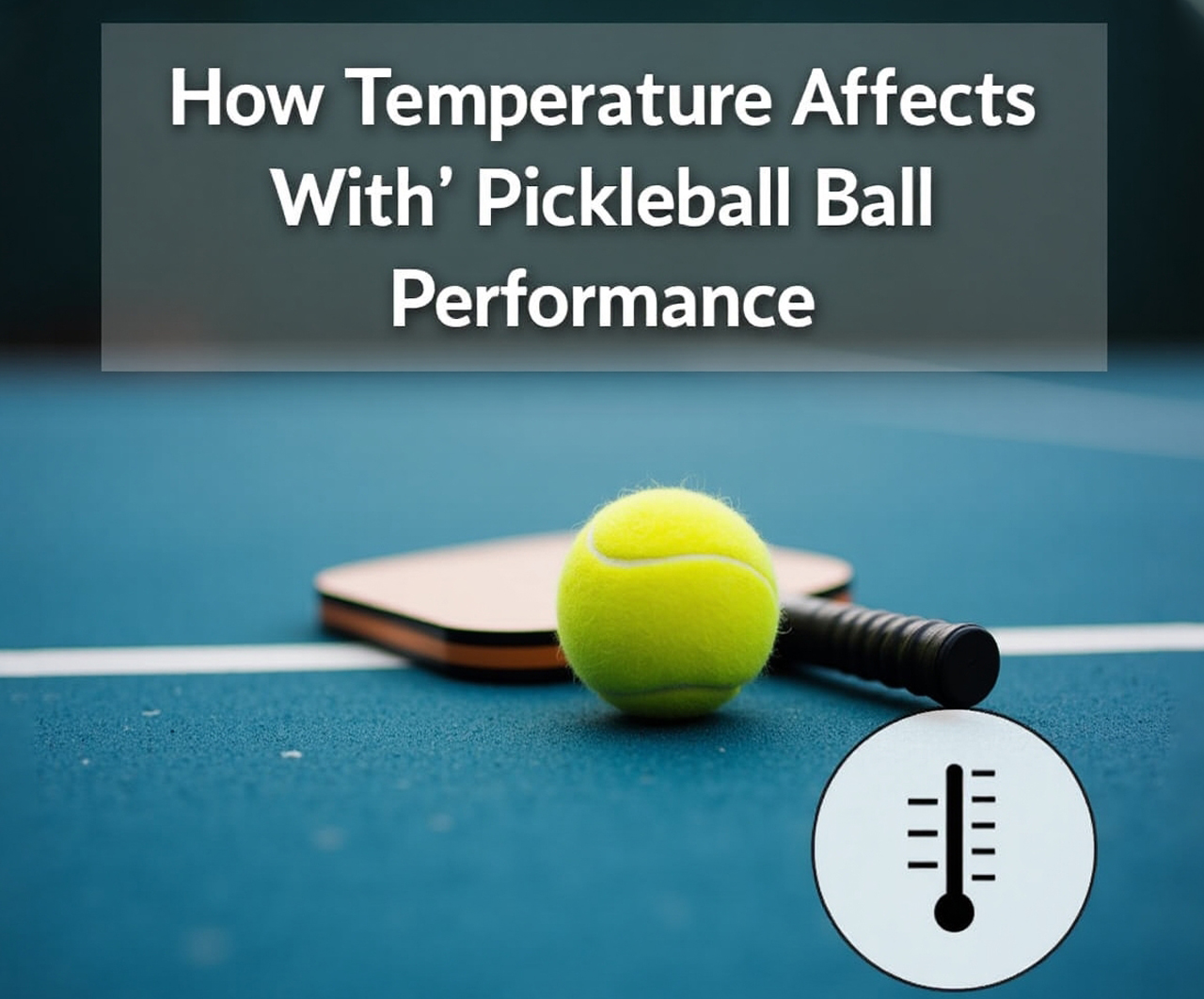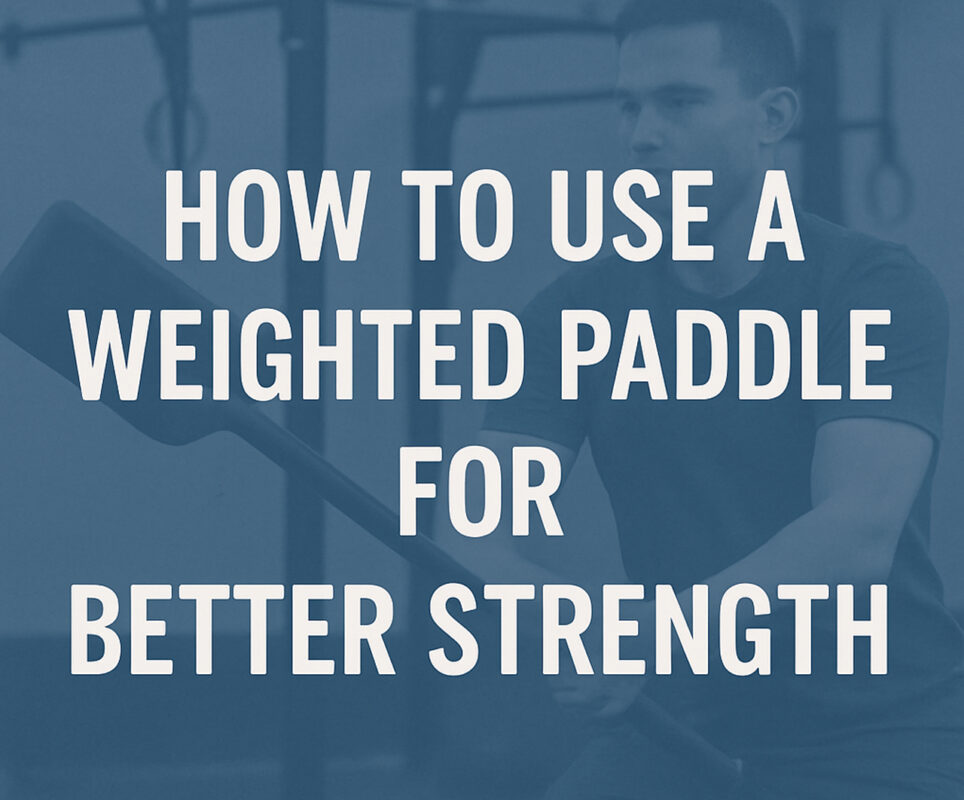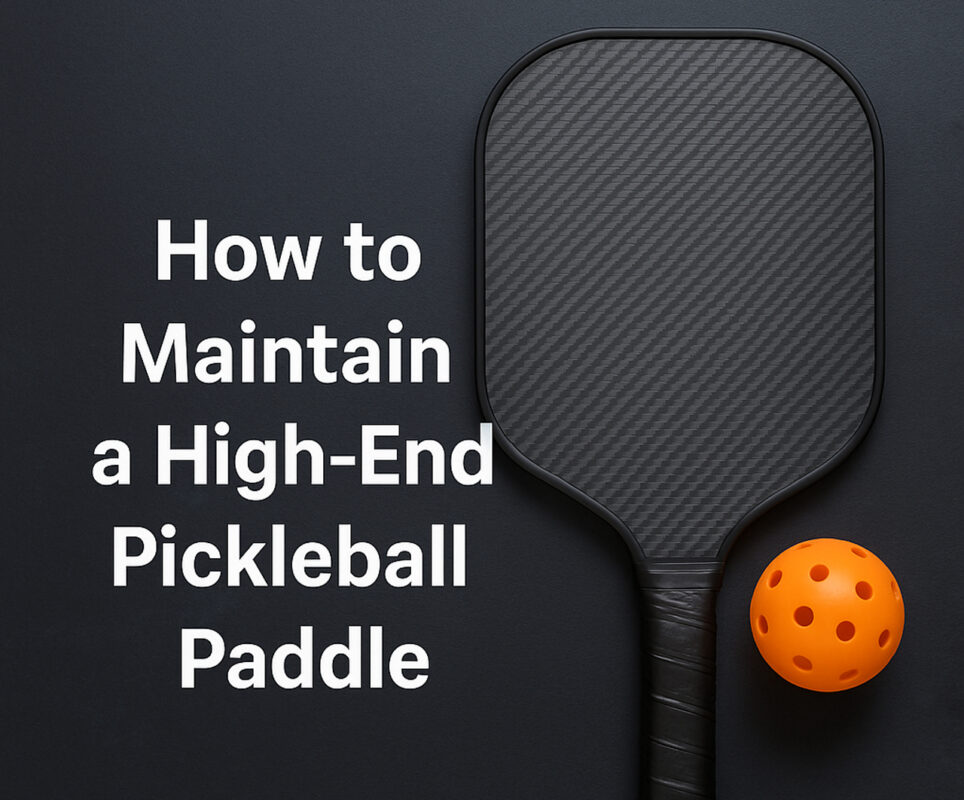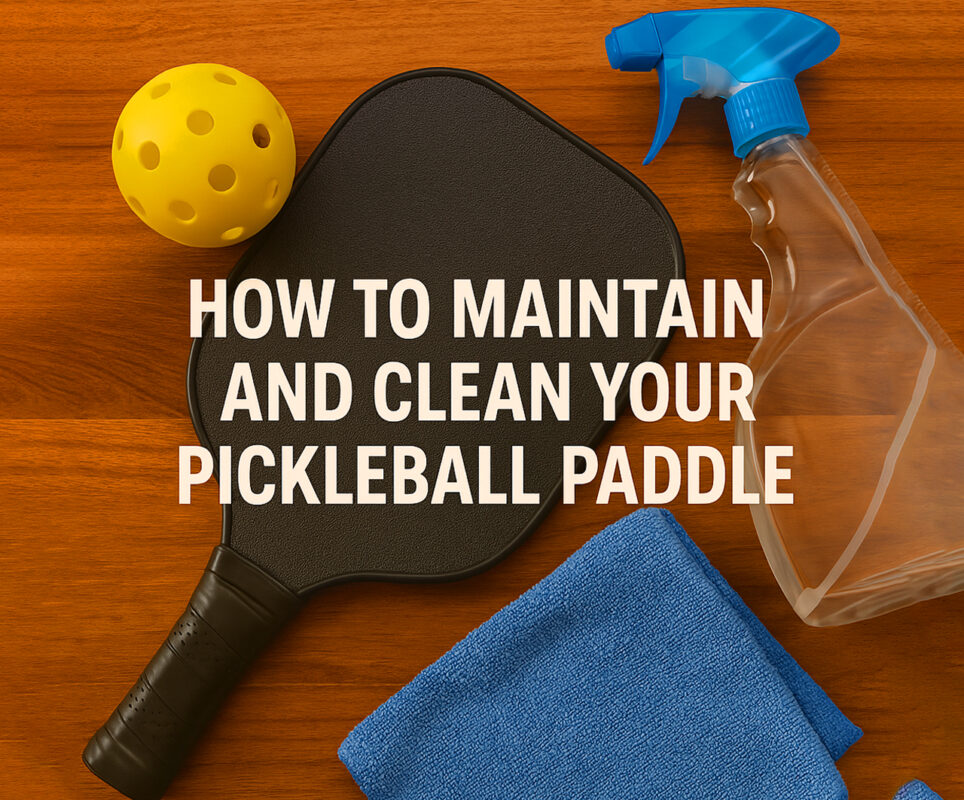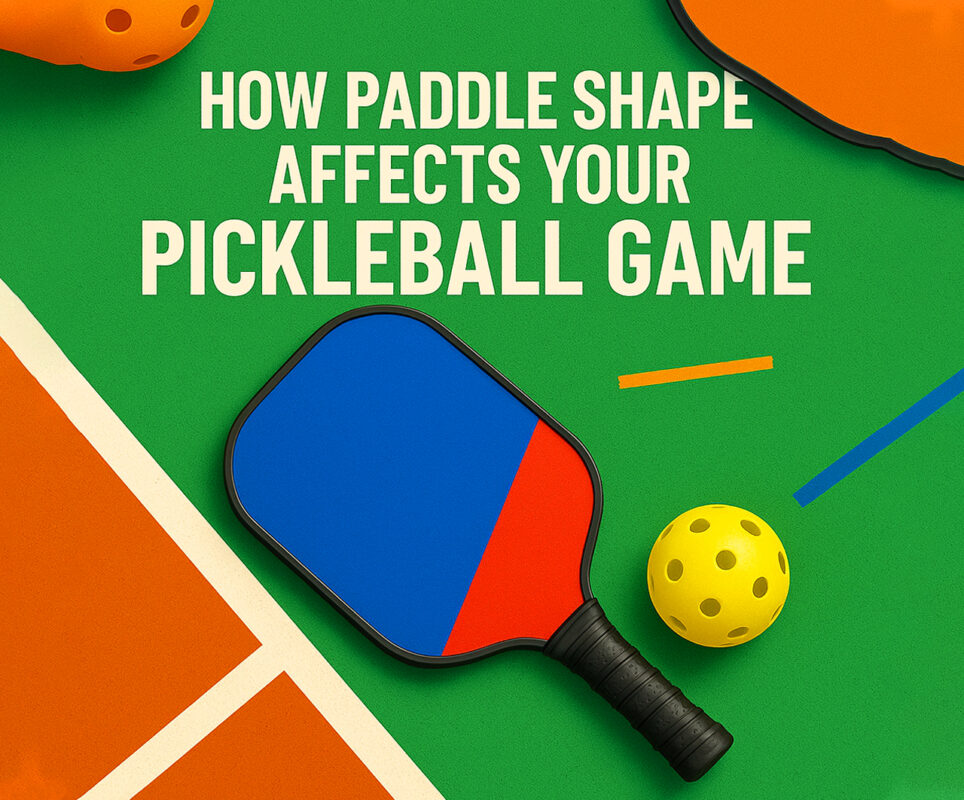If you’re serious about improving your game, understanding how environmental factors impact your equipment is essential. While many players focus on finding good pickleball paddles or investing in a high-quality carbon pickleball paddle, they often overlook the effect of temperature on their pickleball balls. Whether you’re using the best pickleball set for outdoor play or practicing indoors, temperature plays a significant role in pickleball ball performance, affecting bounce, spin, and overall gameplay. Knowing how different temperatures influence ball performance can give you an edge on the court. Know more..
Why Temperature Matters in Pickleball
Pickleball balls are made from durable plastic, designed to withstand the impact of high-speed rallies. However, like most materials, plastic reacts to changes in temperature. Whether you’re playing on a hot summer day or during a chilly morning match, the ball’s behavior changes based on the ambient temperature.
The performance of the ball can directly influence:
- Ball Bounce: Higher or lower bounce depending on temperature
- Ball Speed: Faster or slower travel across the court
- Durability: Increased or decreased lifespan depending on exposure to heat or cold
Understanding these changes helps players adapt their strategies and select the best ball for the conditions, ensuring optimal gameplay regardless of the environment.
How Temperature Affects Ball Performance
1. High Temperatures: Increased Speed and Less Control
When temperatures rise, pickleball balls become softer and more pliable. This softness allows the ball to compress more on impact, resulting in:
- Increased Ball Speed: Softer balls move faster through the air, giving players less time to react.
- Reduced Spin Control: A softer ball doesn’t grip the paddle as effectively, making it harder to generate spin.
- Lower Bounce Consistency: Higher temperatures can make the ball less predictable during bounces.
Impact on Paddle Performance:
Hot weather can also affect your paddle. If you’re using a carbon pickleball paddle, you’ll notice that the ball may not respond as crisply off the paddle face due to the increased softness of the ball. This can lead to less control over placement and spin.
2. Cold Temperatures: Slower Ball and Higher Bounce
In colder weather, pickleball balls become harder and less flexible. This results in:
- Reduced Ball Speed: Cold balls move slower, giving players more reaction time.
- Higher Bounce: Harder balls tend to bounce higher, making it easier to predict their trajectory.
- Increased Risk of Cracking: The rigid nature of cold balls increases the likelihood of cracks or breakage.
Impact on Paddle Performance:
When using good pickleball paddles in cold conditions, you’ll notice that the ball reacts more sharply off the paddle’s surface, often leading to less control during fast exchanges. Players relying on finesse and spin may struggle to maintain consistency.
3. Moderate Temperatures: Ideal Conditions for Balanced Play
When temperatures are moderate (between 60°F and 75°F), pickleball balls perform optimally, providing:
- Consistent Bounce: Balanced temperature maintains the ball’s shape and bounce consistency.
- Moderate Speed: The ball travels at a predictable pace, giving players better control.
- Increased Durability: Balls last longer in moderate conditions, reducing the likelihood of cracks or deformations.
Impact on Paddle Performance:
In ideal weather, players using a carbon pickleball paddle experience the best combination of control, spin, and power, allowing for a well-rounded performance. The ball reacts predictably, enhancing shot accuracy and placement.
How Temperature Affects Different Types of Pickleball Balls
Indoor vs. Outdoor Balls
Indoor Pickleball Balls:
- Made from softer plastic
- Smaller holes to reduce wind resistance
- Less affected by extreme temperatures
Impact of Temperature:
Indoor balls generally remain consistent in moderate temperatures. However, in colder conditions, they can become brittle and prone to cracking.
Outdoor Pickleball Balls:
- Made from harder plastic for durability
- Larger holes to reduce wind impact
- More susceptible to temperature fluctuations
Impact of Temperature:
Outdoor balls are more affected by temperature changes. High temperatures soften them, while cold temperatures make them harder and more likely to crack.
Tips for Playing Pickleball in Extreme Temperatures
1. Playing in Hot Weather
Choose the Right Ball:
Opt for a ball that’s designed to handle heat. Many brands offer heat-resistant balls that maintain their shape and bounce better in high temperatures.
Use a Midweight Paddle:
A midweight paddle helps balance power and control when the ball becomes softer. If you’re using a carbon pickleball paddle, you’ll maintain better shot consistency despite the softer ball.
Hydrate and Take Breaks:
Playing in hot conditions increases the risk of dehydration. Stay hydrated and take breaks to avoid fatigue and overheating.
2. Playing in Cold Weather
Choose a Durable Ball:
For cold conditions, select a ball with a harder shell that can withstand lower temperatures without cracking.
Opt for a Softer Paddle:
A softer paddle helps mitigate the hardness of the ball in cold weather, giving you better control. Good pickleball paddles designed for all-weather play are ideal for cold conditions.
Warm Up Your Paddle and Ball:
Leave your paddle and ball indoors before the game to prevent them from becoming too cold, which can affect their performance.
3. Adjusting Your Play Style Based on Temperature
Hot Weather Tips:
- Play more conservatively to compensate for the faster ball speed.
- Focus on placement and finesse rather than relying on power.
- Use spin sparingly, as softer balls reduce spin effectiveness.
Cold Weather Tips:
- Be prepared for higher bounces and slower ball speed.
- Use a firmer grip and apply more power to compensate for the harder ball.
- Practice patience, as the slower ball gives you more time to set up shots.
How Temperature Impacts Paddle Selection
1. Good Pickleball Paddles for Temperature Variations
When playing in varying temperatures, using good pickleball paddles designed for versatility ensures consistent performance. Paddles with a polymer core and composite surface adapt better to temperature changes, maintaining control and power.
2. Carbon Pickleball Paddles for Consistency
Carbon pickleball paddles are known for their lightweight build and precision. These paddles perform well in both hot and cold conditions, making them an excellent choice for players who compete year-round. Carbon fiber surfaces provide a balanced mix of power and control, allowing you to adjust your game regardless of temperature.
3. Best Pickleball Set for All-Weather Play
For players looking to invest in a versatile package, the best pickleball set should include:
- A variety of indoor and outdoor balls
- Midweight paddles designed for different conditions
- Protective covers to store paddles and balls safely
A well-rounded best pickleball set prepares you for all types of weather, ensuring consistent performance no matter the conditions.
Maintaining Your Paddle and Ball in Extreme Temperatures
1. Storage Tips
- Store your paddles and balls in a temperature-controlled environment.
- Avoid leaving equipment in hot cars or cold garages, as extreme temperatures can weaken the materials.
2. Regular Inspection
- Check your balls for cracks or deformation, especially after playing in extreme temperatures.
- Inspect your paddle’s surface and edge guard for signs of wear.
3. Rotate Your Equipment
- Use different balls depending on weather conditions to extend their lifespan.
- Rotate between multiple paddles to prevent excessive wear and maintain consistency.
Final Thoughts: Mastering Temperature-Related Challenges
Understanding how temperature affects pickleball ball performance gives you a competitive advantage, allowing you to adapt your strategy and equipment for any condition. Whether you’re playing with good pickleball paddles in hot weather, using a reliable carbon pickleball paddle in cold conditions, or investing in the best pickleball set for all-weather play, preparation is key.
By adjusting your play style and choosing the right gear based on the temperature, you’ll maintain consistent performance and enjoy a more rewarding game, no matter what Mother Nature throws your way.

